Although China built high-speed railways decades after other countries, it developed rapidly and is now the world leader with a network of more than 42,000 km.

High-speed trains wait for maintenance in Wuhan, central China's Hubei province. Photo: Xinhua/Xiao Yijiu
From idea to first high-speed rail
In October 1978, Chinese leader Deng Xiaoping visited Japan. Despite his busy schedule, he still made time to ride the bullet train, author Wang Xiong writes in China's Speed: The Development of High-Speed Rail . At a press conference afterward, Deng said it was his first time experiencing the means of transport. "It was so fast, like the wind. It felt like it was urging you to run," he said.
Two months after the visit, China held a plenary session of the 11th Central Committee of the Communist Party of China in Beijing to discuss priorities for economic development. At that time, the maximum speed of trains on traditional railways was only 80 km/h, and people were discussing the need for high-speed rail. Supporters claimed that the system would contribute to economic development, but opponents said it was too expensive.
In 1990, a report proposing the construction of high-speed rail was submitted to the Chinese government. The report was jointly prepared by various Chinese government agencies, with the aim of reducing overcrowding on railways and highways. In 2004, China selected four major technology companies in the world: Alstom, Siemens, Bombardier and Kawasaki Heavy Industries to sign technology transfer contracts with two major train manufacturers in the country - China Southern Railway Corp (CSR) and China Northern Railway Corp (CNR).
In 2008, China's first high-speed railway line began operating, connecting Beijing and Tianjin, cutting travel time from 70 minutes to 30 minutes.
Rapid development process
By the end of 2022, China's high-speed rail network will have reached 42,000 km, making it the world's largest high-speed rail network. Remarkably, all of this was built in just about 15 years.
In 2008, China's high-speed rail network had a total length of 672 kilometers, according to SCMP . By 2010, that number had increased to 5,133 kilometers. Between 2017 and 2020, the high-speed rail network had stretched nearly 40,000 kilometers. In 2022 alone, the network expanded by 2,082 kilometers, according to CGTN . China aims to have 50,000 kilometers of high-speed rail by 2025 and 200,000 kilometers by 2035.
China's high-speed rail network now outpaces the rest of the world, despite starting late. As of 2021, Spain had the second-largest high-speed rail network, with 3,661 km, having built its network since 1992, according to Statista and SCMP . Japan, which has operated high-speed rail since 1964, ranked third with 3,081 km. As one of the first countries in the world to have high-speed trains, the United States operated just 735 km of high-speed rail as of 2021, ranking 11th in the world.
In the US, the fastest train, Amtrak’s Acela Express, travels at around 150 mph. Meanwhile, with many lines topping out at 217 mph, China’s inter-provincial travel landscape has been transformed, breaking the dominance of air travel on its busiest routes. By 2020, 75% of Chinese cities with over 500,000 people had high-speed rail.
Fuxing high-speed train overtakes a traditional train in China. Video: CGTN
Technology on China's high-speed rail
China has dedicated high-speed rail lines, not using the old rails of traditional trains. "High-speed trains need more graceful curves and gentler slopes to make them run smoothly and safely," Zhenhua Chen, an associate professor of urban and regional planning at Ohio State University, explained to the Wall Street Journal in July 2023.
To achieve the current achievements, Chinese engineers had to deal with a series of huge challenges due to the country's huge area and extremely diverse terrain, geology and climate, from the icy Harbin region in the north to the hot and humid climate of the Pearl River Delta, or the 1,776 km long Lanzhou - Urumqi route across the Gobi Desert.
For example, the Harbin-Dalian high-speed railway is the world's first high-speed railway to operate at low temperatures in winter. The 921-km railway runs through three provinces in northeastern China at a design speed of 300 km/h. It passes through regions where temperatures can drop to -40 degrees Celsius in winter.
"The Harbin-Dalian high-speed railway is equipped with electric heating and de-snowing equipment on the tracks and curves. They will start working when it snows. If there is too much snow, we will apply 'double guarantee', including operating the electric heating system and manually clearing the snow, to ensure normal train operation," Wang Hongtao, in charge of the Changchun section of the Harbin-Dalian high-speed railway, told Xinhua in 2022.
Another example is the 227-km Fuzhou-Xiamen-Zhangzhou high-speed sea-crossing railway with a maximum speed of 350 km/h, which began operation in late September 2023. The railway runs across three coastal bays via sea-crossing bridges. The construction of these three sea-crossing bridges successfully overcame the challenges posed by the unfavorable natural environment.
"While building the bridge, we adopted wind-resistant and anti-erosion designs, which help increase its durability," Li Pingzhuo, project manager at China Railway Siyuan Survey and Design Co., Ltd., told Xinhua . The line also features a variety of smart technologies such as the Internet of Things, edge computing, and geographic information systems.
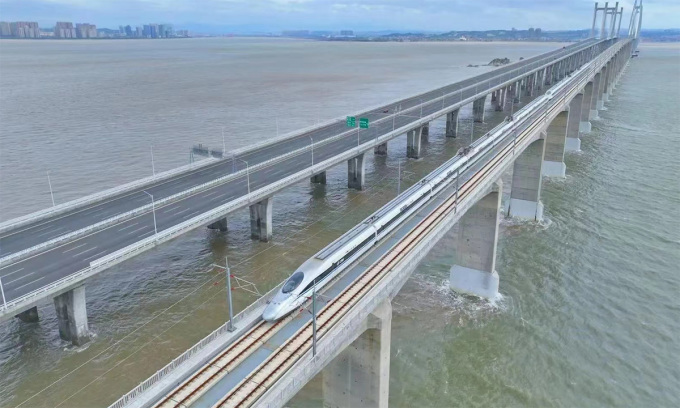
A high-speed train runs on the Quanzhou Bay Cross-Sea Bridge on August 31, 2023. Photo: China State Railway Group Co., Ltd.
The Reason Behind the Massive High-Speed Rail Network
First, China has a huge demand for mobility. As of 2021, the US has eight cities with more than 5 million people, India has seven, Japan has three, and the UK has just one. However, China has 14 such cities, according to B1M . Unprecedented urbanization combined with rising household incomes has created a need to move people and goods quickly across the country. Meanwhile, the dense airspace has led to frequent delays and delays in the aviation industry. High-speed trains not only provide a cheaper but also a very reliable way to travel.
The huge demand has allowed China to invest heavily in high-speed rail technology and infrastructure. According to a 2018 study of China's high-speed rail by the United Nations University, China's rail investment has increased steadily in its five-year plans since 2001. In 2015, they poured $125 billion into railway construction. In November 2018, the Chinese government announced a $586 billion economic stimulus package, a large portion of which was earmarked for high-speed rail.
The ability to build cheaply and quickly, using a variety of modern machinery and robots, is also one of the reasons why China has developed its high-speed rail network so quickly. According to B1M data in 2021, Europe spends about $25-39 million per kilometer of high-speed rail, while in the US, this figure is up to about $56 million. However, China only spends about $17 million per kilometer of high-speed rail.
Thu Thao ( Synthesis )
Source link


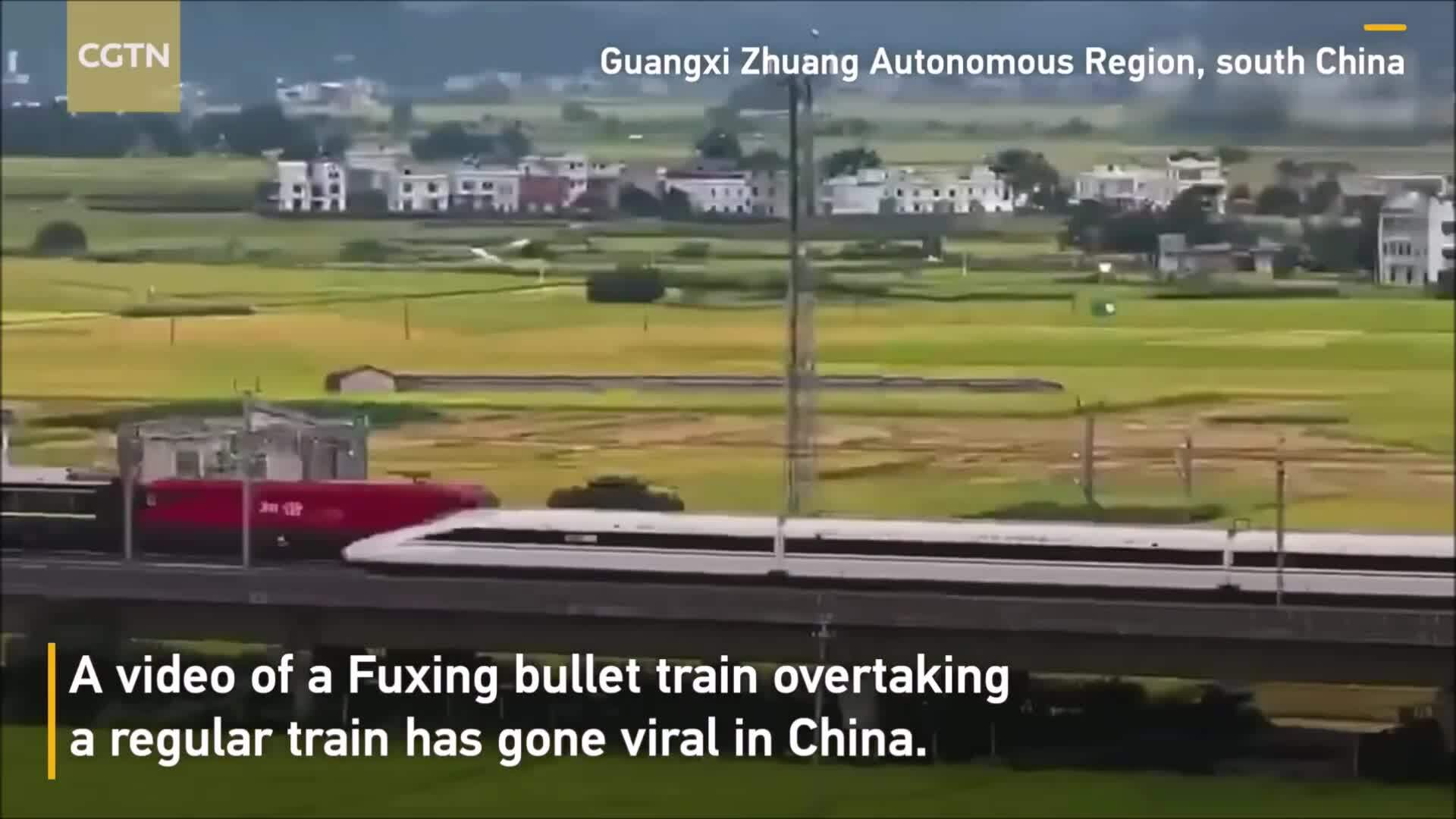






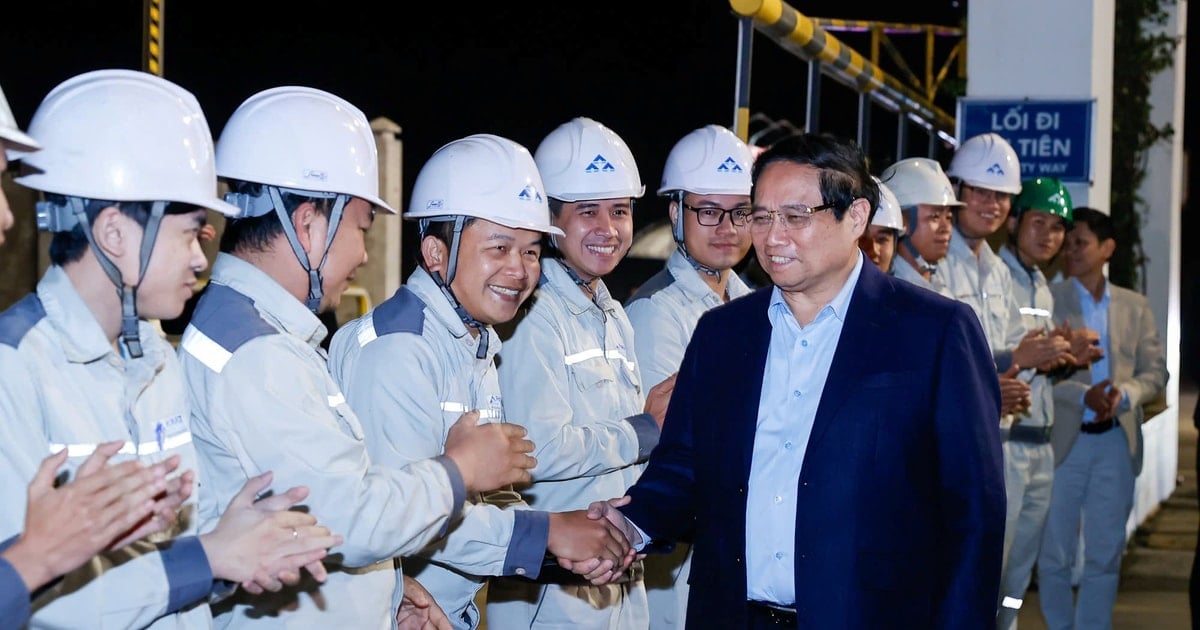

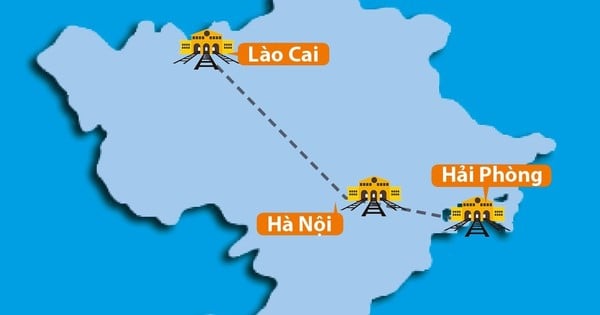

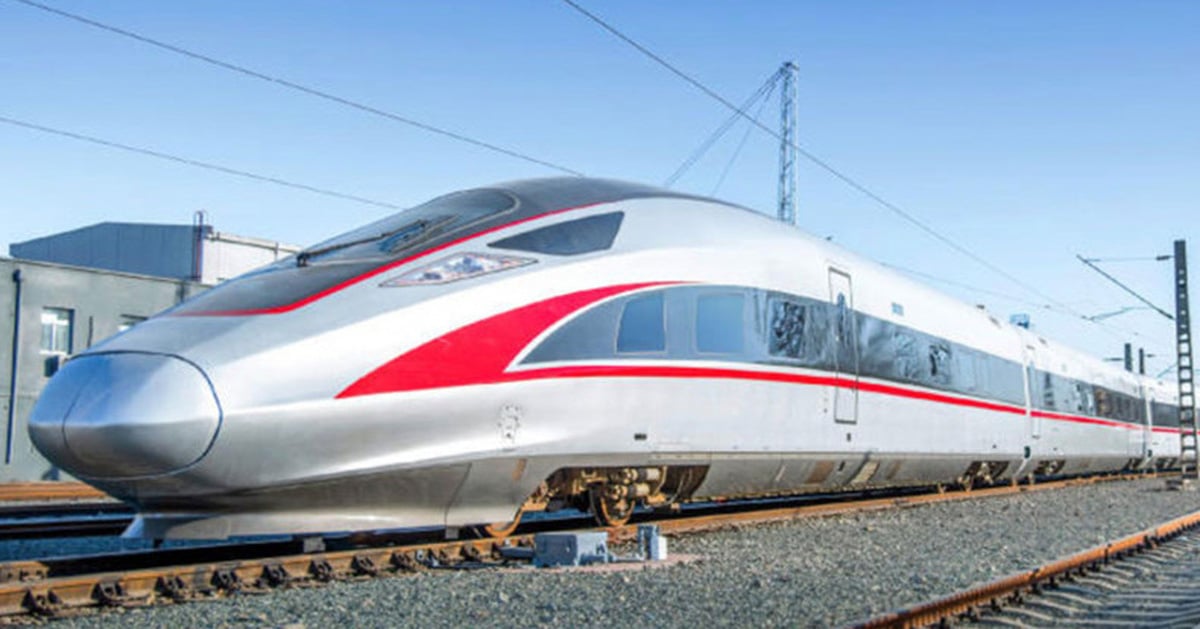



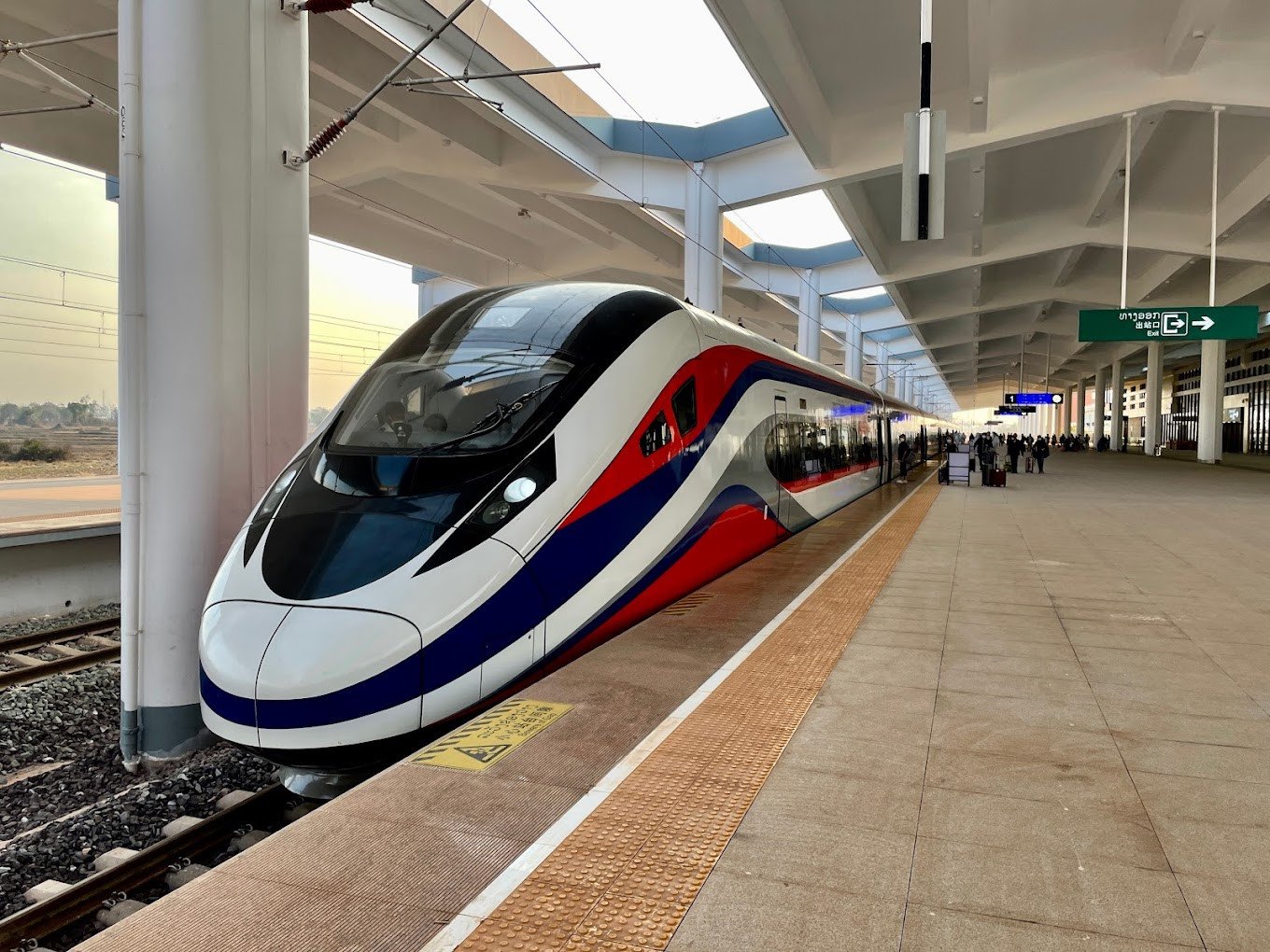

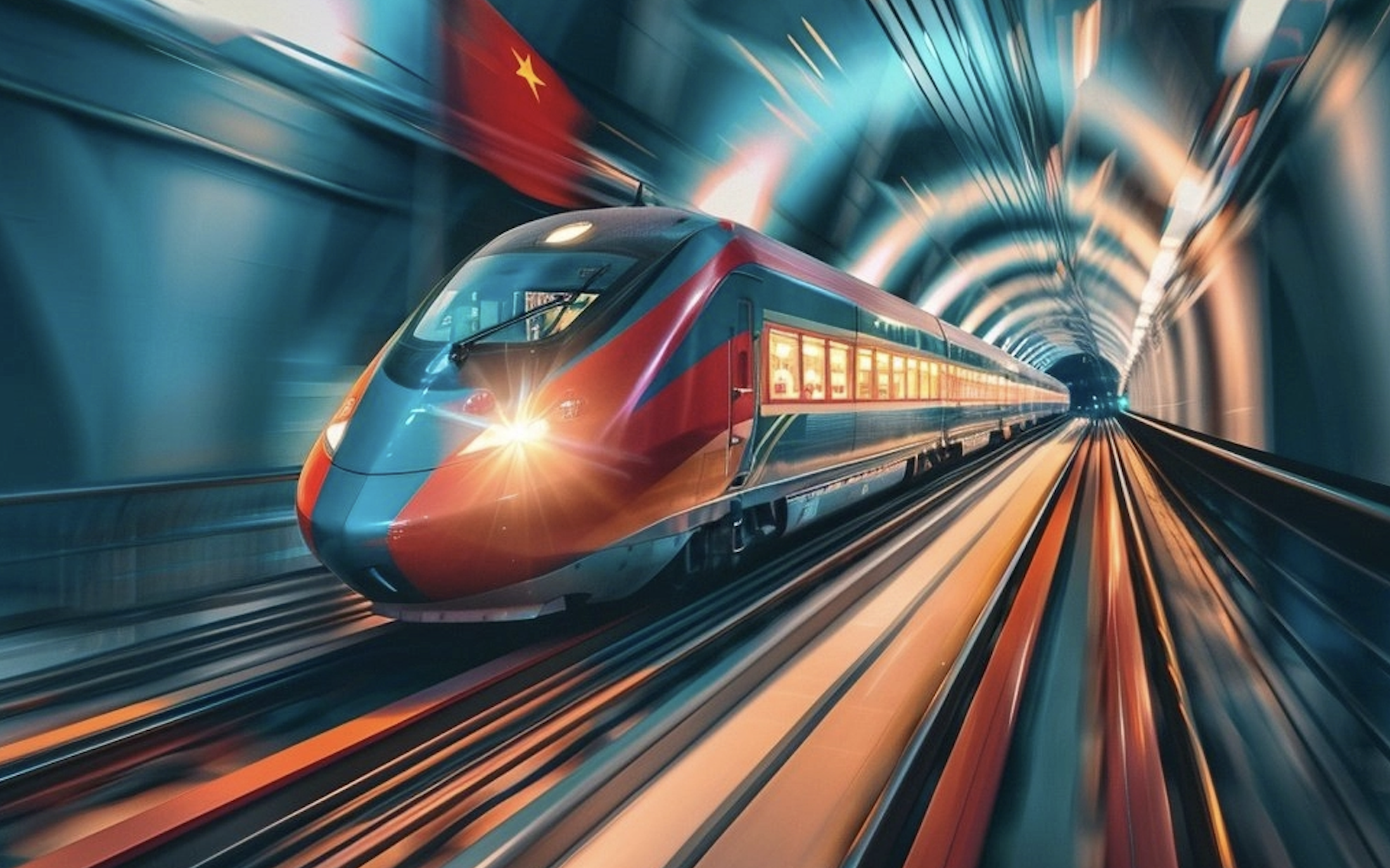

























Comment (0)